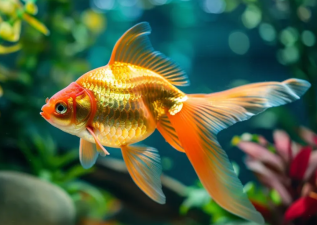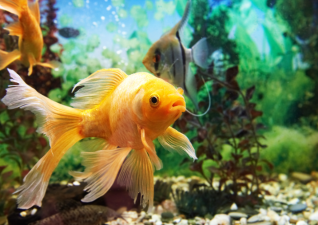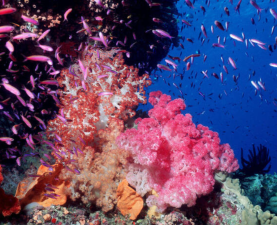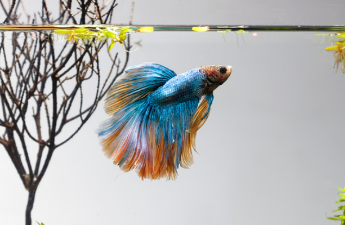Among aquarium enthusiasts, grass goldfish are popular for their colorful and beautiful shapes. However, to ensure the healthy growth of these aquatic creatures, it is crucial to understand their physiological needs. In particular, whether additional oxygen is needed is directly related to the management of the aquarium or pond environment.

Among aquarium enthusiasts, grass goldfish are popular for their colorful and beautiful shapes. However, to ensure the healthy growth of these aquatic creatures, it is crucial to understand their physiological needs. In particular, whether additional oxygen is needed is directly related to the management of the aquarium or pond environment.

- Natural Habitat of Grass Goldfish
Grass goldfish, also known as koi, usually live in slow-moving waters such as streams, ponds and rivers. In these natural environments, vegetation and fluctuations on the water surface and the fluidity of the water can naturally provide oxygen underwater. Knowing this will help us simulate a habitat close to nature to raise grass goldfish.
- The Importance of Oxygen
Oxygen is one of the basic elements for the survival of aquatic animals, especially for fish with a higher breathing rate. Without sufficient dissolved oxygen, grass goldfish may experience breathing difficulties, slow growth, or even suffocate to death. Therefore, maintaining adequate dissolved oxygen levels in the water is very necessary to maintain the health of grass goldfish.
- Determine if additional oxygen is needed
To decide whether to add oxygen to your goldfish's aquarium environment, you need to observe the following factors:
Water quality: If the water contains too much waste or pollutants, this will consume more oxygen and may lead to insufficient oxygen.
Fish behavior: If you observe your goldfish frequently floating to the surface to breathe, this may be a sign of insufficient dissolved oxygen.
Water temperature: As the water temperature rises, the amount of oxygen dissolved in the water decreases; at the same time, the fish's metabolic rate increases, and the demand for oxygen increases.
Aquarium density: An overcrowded aquarium will lead to an insufficient oxygen supply.
- How to provide adequate oxygen
To ensure that your goldfish have an adequate oxygen supply, you can take the following measures:
Use an aerator: An aerator or air stone can continuously deliver oxygen to the water to increase the dissolved oxygen level.
Water circulation: Creating a steady flow of water through a water pump can help distribute oxygen and mimic the flowing water in the natural environment.
Regular water changes: Regularly replacing a portion of the water source can remove pollutants and replenish fresh dissolved oxygen.
Control the number of fish in the aquarium: Avoid overloading the fish tank to reduce competition for oxygen.
Add aquatic plants: Aquatic plants produce oxygen during photosynthesis, but it should be noted that plants will breathe at night and consume oxygen.
Summary
In general, although grass goldfish do not rely on additional oxygen supply in the natural environment, in artificial breeding environments, in order to simulate their natural living conditions and ensure healthy growth, it is necessary to provide sufficient dissolved oxygen. Through the above methods, we can effectively ensure that the grass goldfish in the aquarium or pond have a comfortable and oxygen-rich habitat. Remember, regular monitoring of water quality, observation of the behavior of grass goldfish, and timely adjustment of the aquarium environment are all key steps to keeping grass goldfish healthy.



